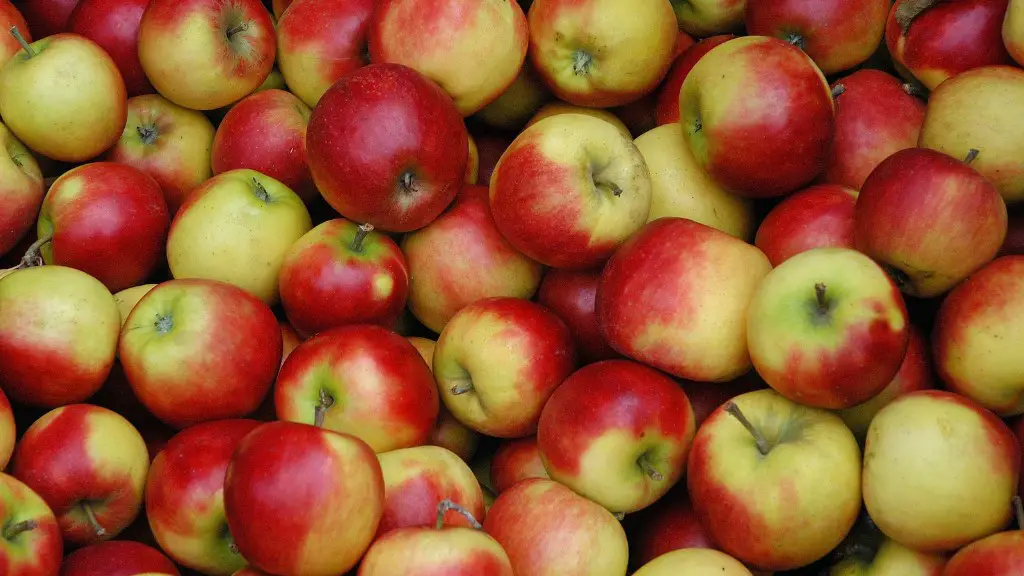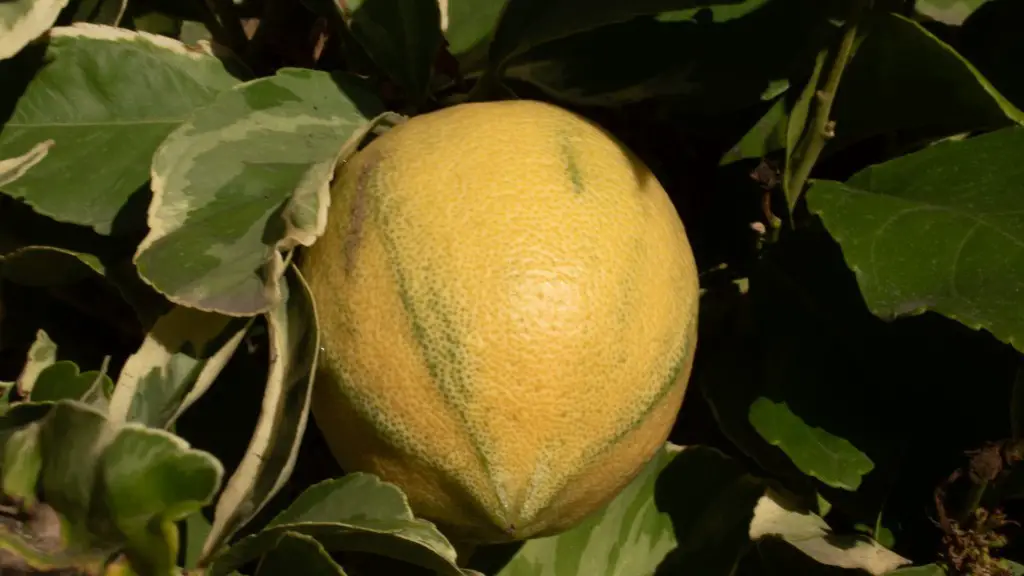Palm trees are some of the most recognizable trees in the world. From tropical regions to desert settlements, the iconic palm tree is one of the most recognized plants on the planet and can often become designated as a symbol of a particular place. Let’s explore what makes a palm tree so recognizable as well as look at some of the common types, cultivation methods, and reasons for their usefulness.
Unique Characteristics and Appearance
The most identifying trait of a palm tree is its unique composition relative to other plants. Unlike most trees, the palm tree has a solo trunk, which pieces out into a crown of leaves at the top. The leaves, which emerge in a spiral shape around the crown, can be anything from fan-like shapes to long and thin leaf fronds. Each tree species, or cultivar, corresponds to a certain type of leaf and size range, making them quite easy to identify.
As far as size, the height of a palm tree can vary greatly. Some can be very small and short whereas others can reach up to 100 feet in height. Depending on its climate and environment, the growth rate and overall size of a palm tree can vary greatly.
Common Types of Palms
The range of palm tree varieties is massive. For example, the Areca palm is an incredibly popular and widely grown type of palm. It is known for its beautiful coloring and features yellow and cream stripes along the leaves, a thick green trunk, and height up to 15 feet tall.
The Windmill Palm is another popular palm species, due to its cold hardiness, small size and unique fronds. Unlike many of its cousins, this species of palm can survive cold winter climates. As its name implies, the leaves resemble the shape of a windmill fan and have a golden-green color. It is also typically between 15-20 feet tall when fully grown.
Cultivating and Caring for Palms
Palm trees can thrive in a variety of climates, provided they are given the proper care and attention. For instance, they require sufficient water, particularly during the growing season, while they are also sensitive to waterlogging and too much fertilizer. Some species of palm also require protection from strong winds and the intense sun, making their placement in a garden important. Generally, the further from a coastline a palm tree grows, the less salt it can tolerate.
Most palm trees also require adequate soil drainage and can be damaged by excessive flooding. The soil should be well-draining but fertile, as this encourages development of a strong and healthy root system. Acidic soils, such as those found in tropical climates, can be suitable for some species of palm, while others may need to be re-potted with more neutral soils.
Palm trees should also be pruned regularly to encourage bushy, healthy growth. Pruning can also be used to control the size and shape of the tree, while removing any dead or diseased branches and leaves.
Uses and Benefits of Palms
Palm trees offer many benefits both to people and the environment. One of the key benefits is their ability to provide shade, which can be beneficial in homes and buildings, parks and gardens, as well as larger open areas or beaches.
Palms are also used in construction due to their strength, durability and fire resistance. Palms are often favored for flooring, building walls and ceilings, as well as for furniture and even large structures like arcades.
On a smaller scale, palm trees can also be grown in containers and are a great option for adding a touch of the tropics to an outdoor space. Palm trees also provide food for bees, birds and other wildlife, serving as an important source of nutrition for these species and also helping to contribute to pollination.
Different Parts of the Palm Tree
A palm tree is composed of several key parts, beginning with the trunk. This single trunk can be short and inconspicuous, or tall and dramatic, depending on the species. Growing above the trunk are the fronds – the large fan-shaped leaves that make the tree so recognizable. The fronds can be used for weaving and thatching, as well as to create mulch.
The roots of a palm tree typically grow downwards, either vertically or at an angle. Palm roots are often very powerful, and can sometimes be up to two times the length of the tree itself. Growing out of the base of the trunk are the seed pods, which contain the plant’s seeds.
Palm Trees & Agriculture
Palm trees are used extensively in agriculture. Many types of palms are important crops, be it as a source of edible oil or as food itself. The coconut palm is a great example, which produces many food products including oil and milk.
Palm trees can also be used as living fences in orchards and gardens. Not only can they be used to create convenient boundaries between sections of land, but they can also double as an effective way of protecting crops from animals.
Palm trees can be planted in public spaces too, in order to form valuable areas of greenery and also reduce air temperature by providing shade from the sun. They can act as a way to beautify an area, helping to bring colour and life to streets, parks and other urban spaces.
Nutrition, Health and Well-Being
Palm fruits are packed with nutrients, including carbohydrates, proteins, minerals, vitamins and antioxidants. These fruits are also low in saturated fat and, depending on the species, can also contain large amounts of fibre.
The proteins found in palm fruits have been studied in order to have an understanding of their effect on human health. One study of the type of protein present in oil palm fruits found it could help reduce the risk of chronic illnesses, such as heart disease and diabetes.
Palm fruits are highly nutritious and can be consumed in a variety of delicious dishes. In Malaysia, there is a popular dish called ‘Ngoh hiang’, which contains both young and mature palm fruit as well as vegetables and spices.
Insects & Pests Affecting Palms
Despite the many benefits of palm trees, some species can be affected by a number of insects and pests, particularly those in the cold winter climates. Common pests include scale insects, mealybugs, thrips, soft scales and sooty mould. Effective prevention and management methods should be implemented, such as the timely application of insecticides.
Several fungal pathogens can also affect palm trees, causing diseases such as fungal root rot. These conditions can weaken the tree, leaving it vulnerable to collapse in strong winds and bad weather. Proper preventive measures should be taken, such as regular pruning, mulching, and even fertilizing.
Economic Impact of Palms
Palm trees have had a significant economic impact throughout the centuries. From their use in food production to tourism, palm trees and palm derivatives have long been sources of income in many countries, particularly in tropical areas and equatorial climates.
The oil palm is an especially important economic species, producing oil and other products that are sold around the world, from edible oil to cosmetics, soap, as well as fuel for industry. In tropical regions, palm trees are amongst the most profitable agricultural products and, consequently, support the livelihoods of a large number of people.
Palm Tree Symbolism and Homo Sapiens
Throughout history, palm trees have held a special significance for humans. Different cultures have attributed a special meaning to the tree, in the form of spiritual, moral, and symbolic values. In Ancient Egypt, palm trees were associated with rebirth and resurrection of the afterlife, while in China they are symbols of endurance and long life.
Palm trees are also quite common in religion and Christianity associate the tree with Jesus’ desert dwelling – it is said that a palm tree was his resting place while he considered his teachings.
Palm tree symbolism is still actively practiced in many cultures today, with new symbolism being associated with the plant, such as confidence and strength. The palm tree has become an enduring symbol of life and its perseverance, despite difficult or trying times.



